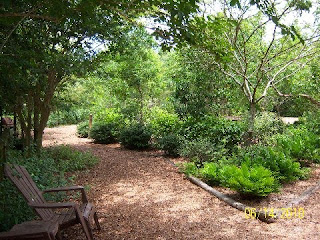Win the book, "Best Native Plants for Southern Gardens" by Gil Nelson

Book Review: "Best Native Plants for Southern Gardens: A Handbook for Gardeners, Homeowners, and Professionals" by Gil Nelson published by University Press of Florida. 2010. ~ ~ ~ ~ ~ If you'd like to win a copy of this fabulous book , leave a comment here on fnpsblog.org (not on FaceBook) about how much you would use this book. Leave us a way to contact you in your comment. We'll choose a winner from the comments. Thanks to University Press of Florida for sponsoring this contest. Post your comment by August 4th. ~ ~ ~ ~ ~ "Best Native Plants for Southern Gardens" is filled to the brim with important information on native plants and is a must for any serious gardener in the southeastern region of the country. The southeast, as defined for this book, includes the eight states from Virginia to Louisiana, but excludes the more tropical south Florida. It's beautifully illustrated with photographs that capture the essence of the plants and what they l...







